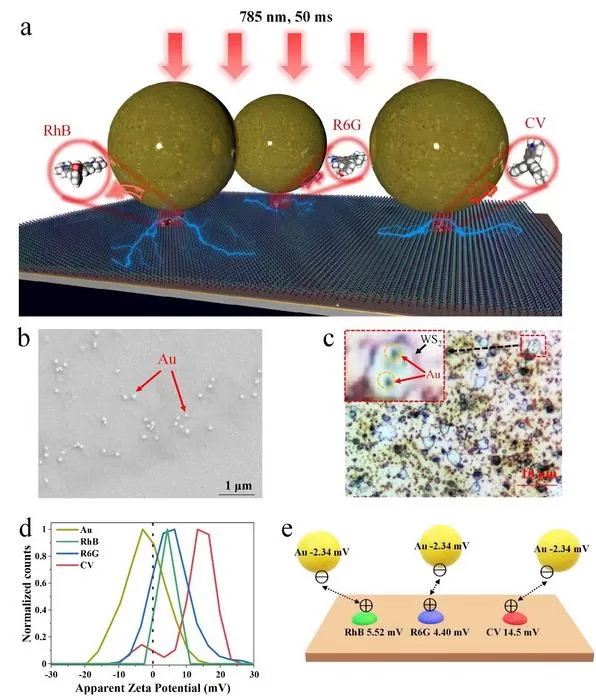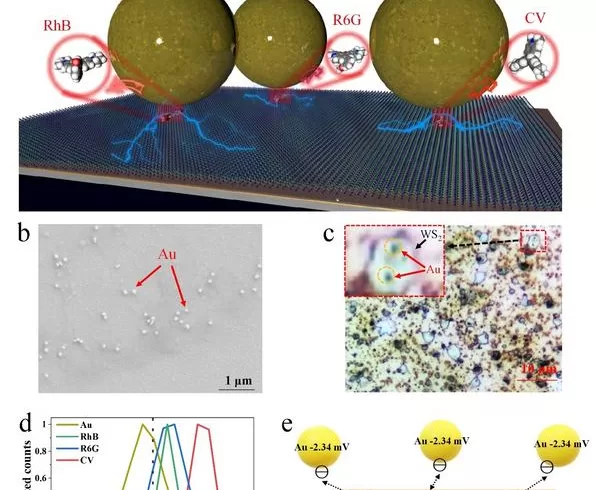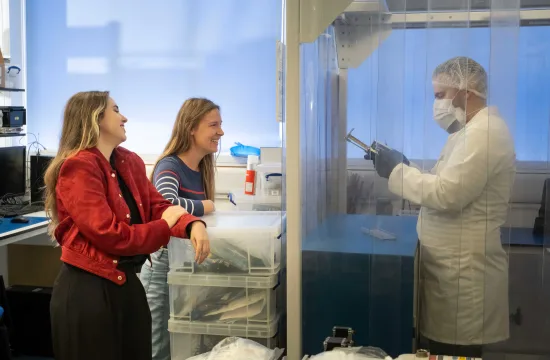
Researchers at the South China University of Technology have made a significant leap in the field of molecular analysis by advancing the capabilities of single-molecule Raman spectroscopy (SM-RS).
This technique, aimed at matching the sensitivity of fluorescence-based methods, enables scientists to observe individual molecules with unprecedented clarity.
Traditional Raman spectroscopy often suffers from limited detection sensitivity due to fundamental physical constraints. SM-RS, with its ultra-sensitive nature, allows researchers to sidestep the limitations of bulk averaging and detect subtle, dynamic molecular behaviors at the single-molecule level. This represents a major step forward in precision spectroscopy and molecular science.
A key enabler of SM-RS is surface-enhanced Raman spectroscopy (SERS), which relies on two enhancement mechanisms:
- Electromagnetic Enhancement (EME): Uses plasmonic nanostructures to amplify Raman signals up to 10–11 orders of magnitude.
- Chemical Enhancement (CME): Increases Raman scattering through charge transfer and chemical bonding interactions, contributing up to 4–5 orders of magnitude.
While each method offers impressive gains individually, neither can achieve the full enhancement required for ideal SM-RS on its own. However, when combined synergistically, EME and CME bring researchers closer to this goal.
The WS₂-Au Nanogap Breakthrough
Led by Professor Zhi-Yuan Li, the team developed a hybrid substrate that bridges these techniques. The innovation centers around a WS₂-Au nanogap system where:
- Gold nanospheres and a gold mirror create intense plasmonic hotspots.
- A thin SiO₂ layer optimizes EME effects.
- Single-layer WS₂ crystals provide strong CME.
- Target molecules, bound to WS₂ flakes, occupy the exact nanoscopic “hotspots” where both EME and CME converge.
New Mechanism
To further enhance detection, Prof. Li’s group introduced a Coulomb attraction-driven spontaneous “molecule-hotspot” pairing mechanism. This approach ensures efficient coupling between molecules and hotspot regions, optimizing the synergistic effect. The use of near-infrared lasers (785 nm) also minimizes interference from background fluorescence, improving the clarity of detection.
Their findings, published in PhotoniX, open new doors for real-time molecular characterization, offering transformative implications for chemical analysis, biosensing, and materials science.







